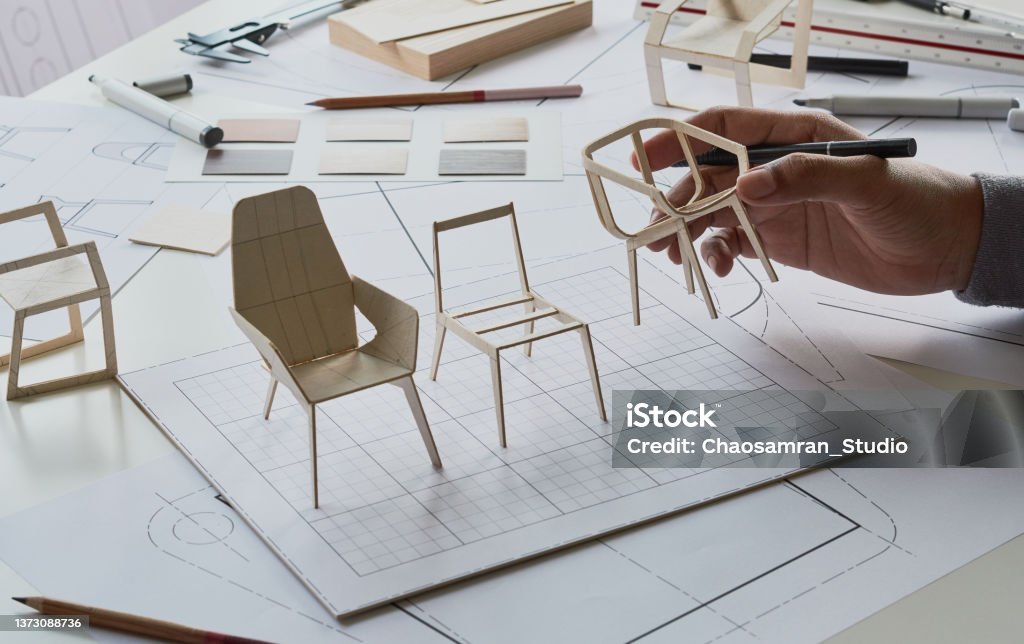Concept Art & Manufacturing

The Future of Product Design, UX/UI, Concept Art & Manufacturing: A Beautiful Collision of Creativity & Technology
The design world is evolving—fast. From how we sketch ideas to how we manufacture real products, nothing is the same as it was even five years ago. The future of product design, UX/UI design, concept art, and manufacturing isn’t happening in isolated silos anymore—it’s unfolding as one interconnected, intelligent, and creative ecosystem.
At the heart of it all?
AI, digital tools, user experience thinking, and sustainable innovation.
Let’s explore how these fields are transforming—and how creative professionals can prepare for what comes next.
1. Product Design: From Function to Emotion
Product design is no longer just about making something functional. It’s now about creating emotion, solving human problems, and crafting experiences across both digital and physical touchpoints.
What’s Changing:
- AI-assisted design tools like Autodesk Generative Design and Gravity Sketch are helping designers generate multiple concepts in minutes based on performance goals.
- Sustainable materials and lifecycle thinking are becoming core to every brief.
- User-centric design has moved beyond usability—it’s about emotional connection and behavioral insight.
The Future Looks Like:
- Co-creation with AI, not just using it for automation
- Real-time digital twins that simulate user interaction
- Circular product design built for disassembly and recycling
2. UX/UI Design: More Than Screens—It’s Experience Architecture
UX/UI design is growing beyond mobile apps and websites. It’s becoming the bridge between human behavior and digital ecosystems—touching everything from wearable tech to smart home interfaces.
What’s Changing:
- Voice UX, AR/VR interfaces, and gesture-based interactions are adding new dimensions to traditional UI.
- AI-driven personalization is adapting interfaces in real time based on user context.
- Accessibility and ethics are no longer afterthoughts—they’re design foundations.
The Future Looks Like:
- Designing for AI-human collaboration (e.g., Chatbots, copilots)
- UX that adapts emotionally, not just functionally
- Multi-sensory experiences (touch, sound, visuals, haptics)
3. Concept Art: From Sketch to Simulation
Concept art is stepping out of the gallery and into real-time engines, AI tools, and metaverse worlds. Artists are becoming world builders, not just illustrators.
What’s Changing:
- Tools like Midjourney, DALL·E, and Adobe Firefly allow artists to explore endless visual directions instantly.
- 3D concepting and real-time rendering (in Blender, Unreal Engine) bring environments and characters to life faster.
- Collaboration is more immersive—with teams working in VR spaces or on cloud-based canvases.
The Future Looks Like:
- AI as a sketch partner, not a replacement
- Concept art that becomes interactive prototypes
- Artists trained in both aesthetics and spatial/UX thinking
4. Manufacturing: From Factories to Micro-Studios
Thanks to technologies like 3D printing, CNC automation, and AI-based optimization, manufacturing is no longer exclusive to mega-factories. It’s becoming decentralized, local, and creative.
What’s Changing:
- Designers can now prototype and produce in small batches from their own studios.
- Generative design is optimizing structures for strength, weight, and material cost.
- AI-driven predictive maintenance is reducing downtime and waste.
The Future Looks Like:
- Digital manufacturing pipelines directly connected to design software
- On-demand, personalized products at scale
- Design-to-make workflows becoming cloud-native and collaborative
The Common Thread: AI, Creativity, and Human Insight
In all these fields, AI is the enabler—but humans are still the storytellers.
The designer of the future is not just a specialist, but a creative systems thinker—someone who can connect emotions, experiences, forms, and functions into cohesive, meaningful products.
To thrive in this future, designers, artists, and makers should:
- Learn the tools—but also learn how the tools think
- Stay curious about people, culture, and context
- Understand that soft skills like storytelling, empathy, and ethics will matter more than ever
Final Thoughts: A Future Worth Designing
We’re entering an era where technology enhances creativity—not replaces it. Whether you’re sketching a product, designing an app, painting a fantasy world, or building a factory prototype, you’re contributing to a new kind of world-building.
A world where the digital and physical blend seamlessly.
A world where design isn’t just how it looks or works—but how it feels, adapts, and impacts.
The future is already here.
Now it’s up to us to design it.